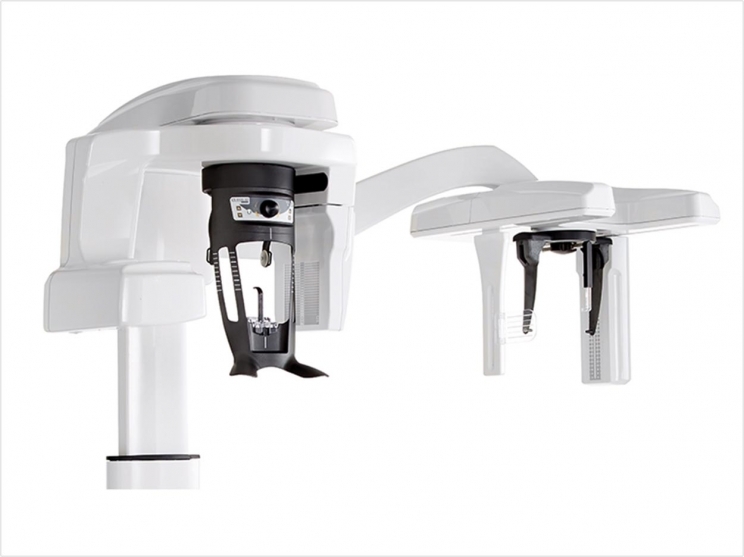
Dental practices and laboratories in the United States and in the United Kingdom, Spain, Germany, France, and Italy (EU5) are recognizing the importance of adopting digital dental solutions, according to Frost & Sullivan, which polled more than 350 end users in each country it studied.
The analysis company notes that the digital dentistry sector is seeing substantial growth and progressive expansion as business models and value offerings evolve due to high customer demand and replacement of analog devices. Frost & Sullivan also expects digital dental solutions to be further used in diagnosis and restorative dentistry, especially in implant and oral treatment planning.
“Dental practices and laboratories are moving toward digitization of their practices in order to develop workflow efficiency, increase accuracy, and remain competitive. This trend is driving the uptake of digital dental solutions such as CAD/CAM and digital imaging systems,” said Brahadeesh Chandrasekaran, transformational health industry analyst at Frost & Sullivan.
“Vendors are launching new device scanners that will meet the needs of different types of dental practices and improve their workloads. Digital dental solutions also enable dental practices to decrease the turnaround time of devices manufactured in dental laboratories and boost diagnosis and impression accuracy while saving costs in the long term,” said Chandrasekaran.
The United States is leading the market in the adoption of intraoral scanners, with nearly 25% of its dental practices now using the technology. Currently, adoption is limited to group practices and hospitals with dental departments, though manufacturers are now placing a greater emphasis on penetrating the solo practice market.
Germany is seeing the highest rate of adoption of chairside milling systems compared to other European countries. This market growth is primarily due to the desire to reduce the turnaround time of manufacturing devices such as crowns and bridges.
Frost & Sullivan further notes that the penetration of digital sensors for intraoral imaging is satisfactory in the United Kingdom and Spain, as the market is driven by the replacement of analog devices. The adoption of three-in-one CBCT systems is expected to expand the market for extraoral imaging in Spain.
The adoption rates of extraoral scanners and 3-D printers in dental practices are very low, and Frost & Sullivan expects them to remain low due to dentists’ preference for intraoral scanners and milling systems.
And in the EU5 countries, dental laboratories are seeing higher penetration of digital solutions compared to dental practices due to the growing demands of customers and increasing competition.
“A key challenge for 75% of respondents is the high cost of digital solutions. However, the cost is not the only obstacle, with 78% of dentists believing that they lack expertise in using digital solutions,” said Chandrasekaran.
Related Articles
A Short Case Study: The Mystery of the Missed Canals
3-D Printers Improve Production Inside the Dental Practice
Not All TMJ Patients Are Created Equal: A Case Study











